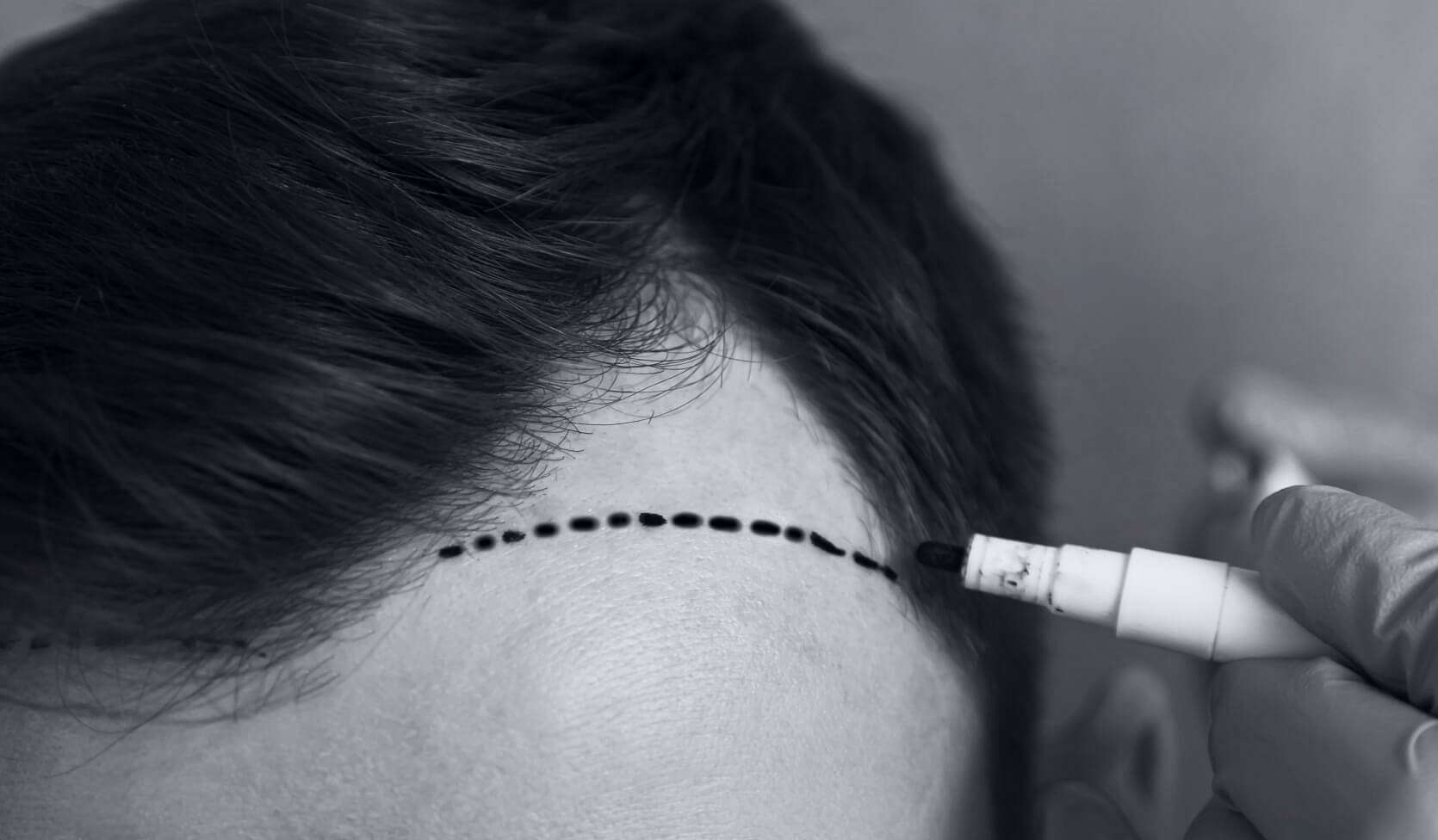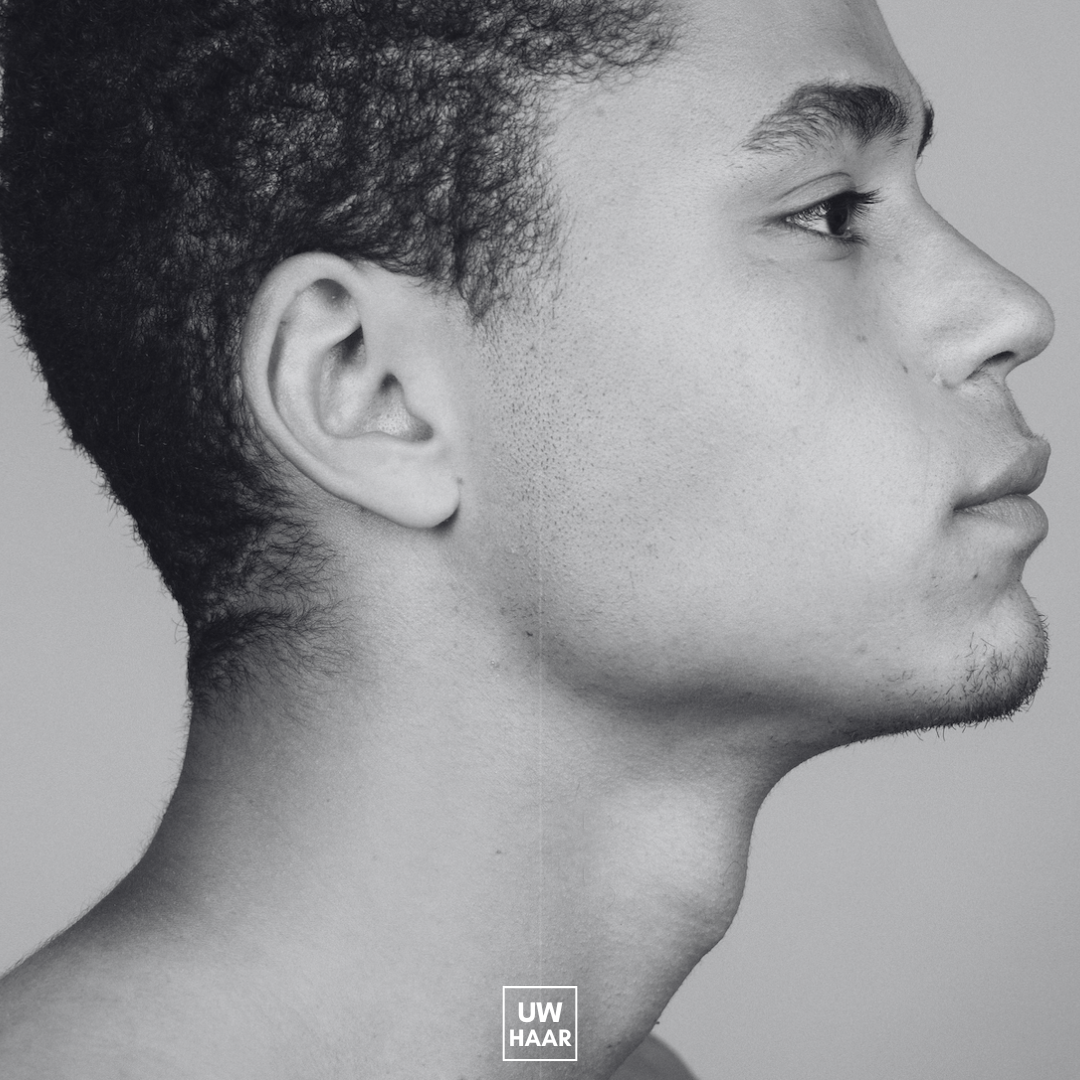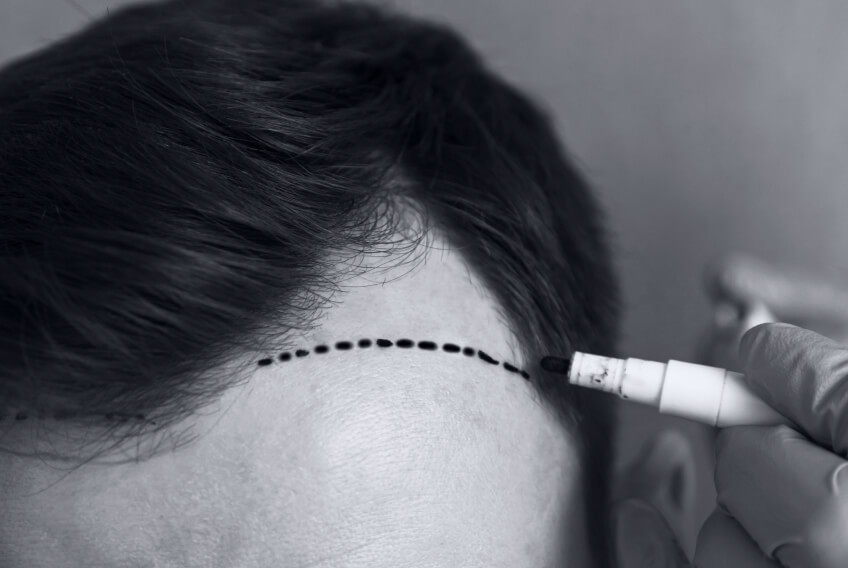
Hair transplantation surgery


What can I expect after my hair transplant?
Healing process
Below is a brief overview of the healing process after a hair transplant:
Recovery time after a hair transplant can vary depending on the person and the specific procedure. Here is a general timeline for recovery:
First few days:
- Immediately after surgery: The scalp may be painful, and you may need painkillers.
- Bandages: The bandages on the donor area are usually removed a day after the surgery.
- Swelling: Swelling, especially on the forehead, is normal and typically peaks around day three or four.
First week:
- Crusting and scabbing: Small scabs will form around the transplanted hairs.
- Itching and redness: These symptoms are normal and should gradually decrease.
- Shampooing: Gentle washing can usually begin a few days after surgery, according to your surgeon's instructions.
2 to 3 weeks:
- Shedding: Transplanted hair may begin to fall out, which is normal and part of the process.
- Healing: The donor and recipient areas continue to heal.
1 to 3 months:
- Shedding continues: More of the transplanted hairs may shed.
- New growth: New hair growth may begin, but it is usually very fine and may not be immediately noticeable.
3 to 6 months:
- Visible growth: More substantial hair growth becomes visible.
- Thickening: Hair begins to thicken and strengthen.
6 to 12 months:
- Continued growth: Hair continues to grow and thicken.
- Final results: Most patients see the final results of their transplant around 12 months, although in some cases, full maturation of the transplanted hair can take up to 18 months.

Hair transplant aftercare tips
Here are some helpful tips regarding aftercare after a hair transplant:
- Make sure your head is higher than the rest of your body to allow any wound fluid to drain and reduce swelling.
- Try to sleep on your back.
- Cooling is allowed, but never directly on the transplanted area. Always try to cool on areas where the swelling sinks to in the face.
- You should be able to return to work or normal activities in about 3 days.
- Do not do any sports exercises for about a week.
Complications
What are the possible side effects of a hair transplant? The most common side effect is scarring. Some degree of scarring cannot be avoided with any procedure.
The FUE harvesting technique of grafts causes very small, round and usually white scars in the donor area of the patient where the grafts were removed. With long hair, these are virtually undetectable.
Other possible side effects include:
- Infections;
- Crusting or pus around surgical sites;
- Scalp pain, itching and swelling;
- Inflammation of hair follicles (folliculitis);
- Bleeding;
- Loss of sensation around the surgical sites;
- Visible areas of hair that do not match the surrounding hair or are noticeably thinner;
- Persistent hair loss if your hair is still balding.

Red Light Therapy
Red Light Therapy, also known as Low-Level Laser Therapy (LLLT) or photobiomodulation, is an innovative approach that is increasingly being utilized in various medical and aesthetic procedures, including hair transplants. This non-invasive therapy utilizes low levels of red light to stimulate cellular activity and promote the healing process.
After a hair transplant, Red Light Therapy can have beneficial effects on both the recovery process and the quality of the transplanted hair. Here are some ways in which the use of Red Light Therapy can be advantageous:
- Acceleration of the healing process: Red light has been shown to improve blood circulation and reduce inflammation, expediting the healing process after a hair transplant. This can result in less swelling, discomfort, and faster wound healing.
- Stimulation of hair growth: Studies suggest that Red Light Therapy can stimulate the hair growth cycle by increasing the activity of hair follicles. It can also enhance the density and thickness of the transplanted hair, resulting in a fuller and healthier appearance.
- Reduction of scarring: By promoting healthy cell regeneration, Red Light Therapy can assist in reducing scarring after a hair transplant. This is particularly relevant for patients concerned about visible scars on the scalp.
- Pain relief: Red light possesses analgesic (pain-relieving) properties and can contribute to reducing pain and discomfort after the hair transplant.
- Improvement of overall scalp health: By stimulating blood circulation and cellular activity, Red Light Therapy can contribute to a healthier scalp, which in turn can improve the overall condition of the hair.
Red Light Therapy is a valuable complementary treatment after a hair transplant, with potential positive effects on the healing process and aesthetic results.
As an additional benefit, after a hair transplant in our clinic, you will receive a complimentary session of Red Light Therapy. This free treatment is intended to optimize the healing process and support the overall health of your transplanted hair.

Contact form
Discover our
combined
treatments
Did you know you can combine your Facial Feminization Surgery with a breast augmentation? Contact us for more information!
Dr. O. Beckers performed my Facial Feminization Surgery (FFS), and I am very happy with the result. Besides the excellent workmanship, I also want to emphasize the accessibility of Dr. Beckers and his team.
Ursula WoutersFacial Feminization Surgery






